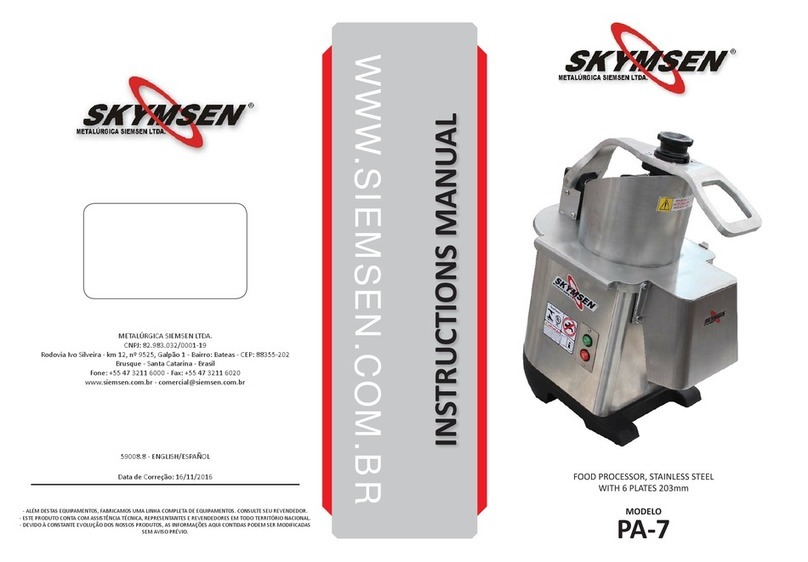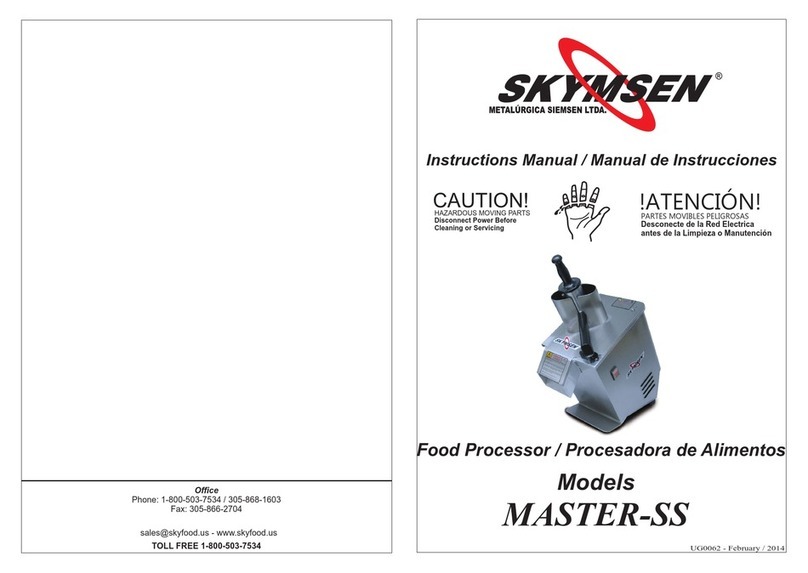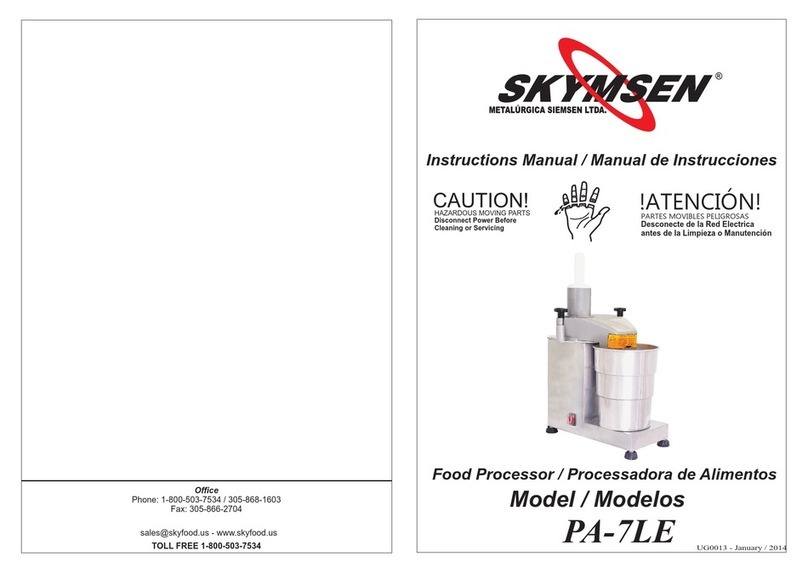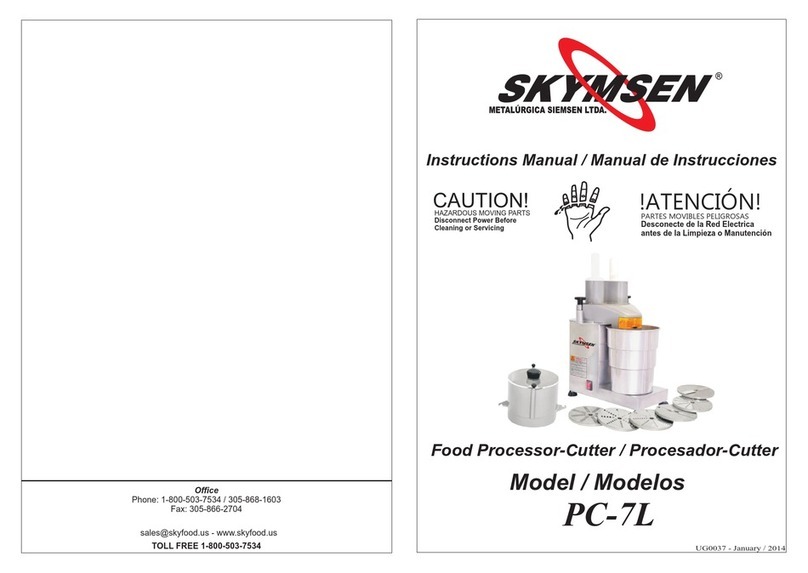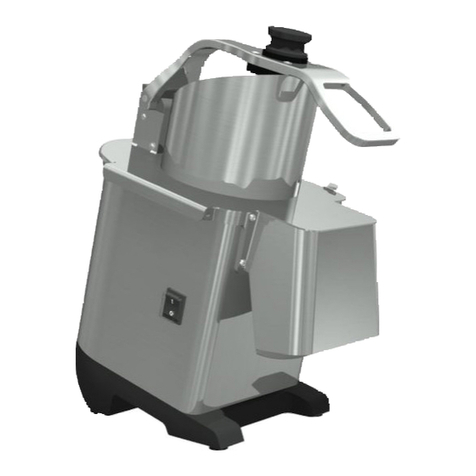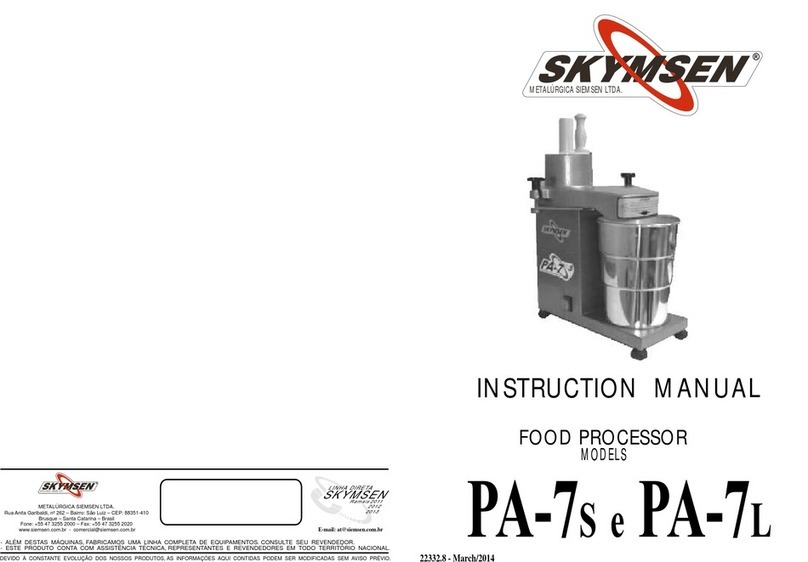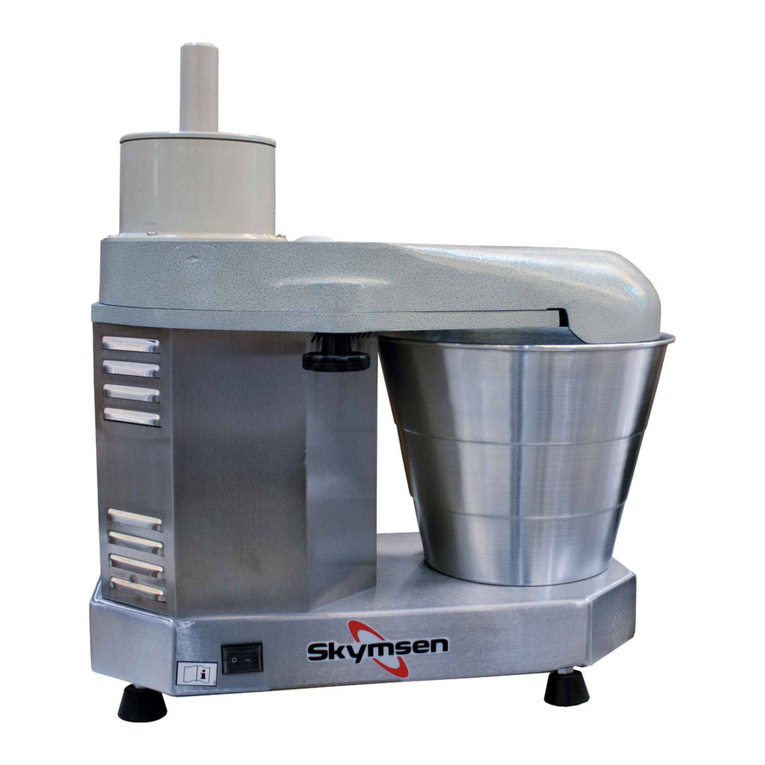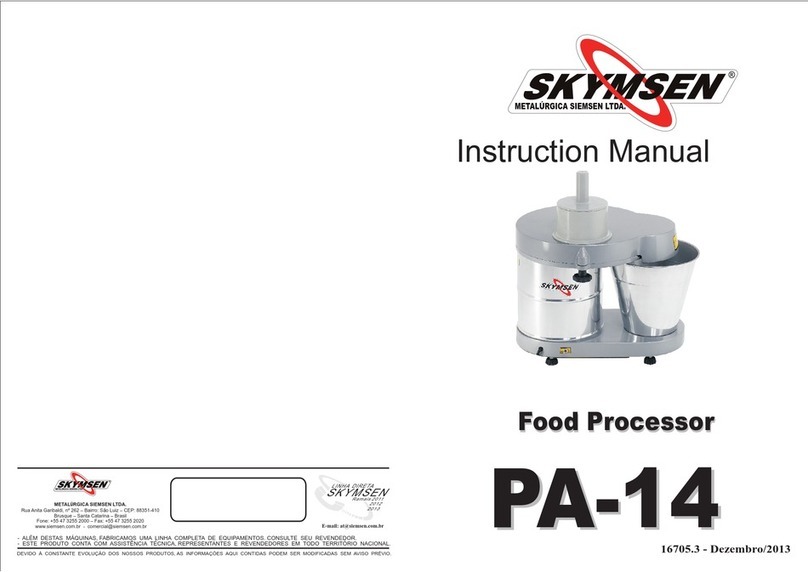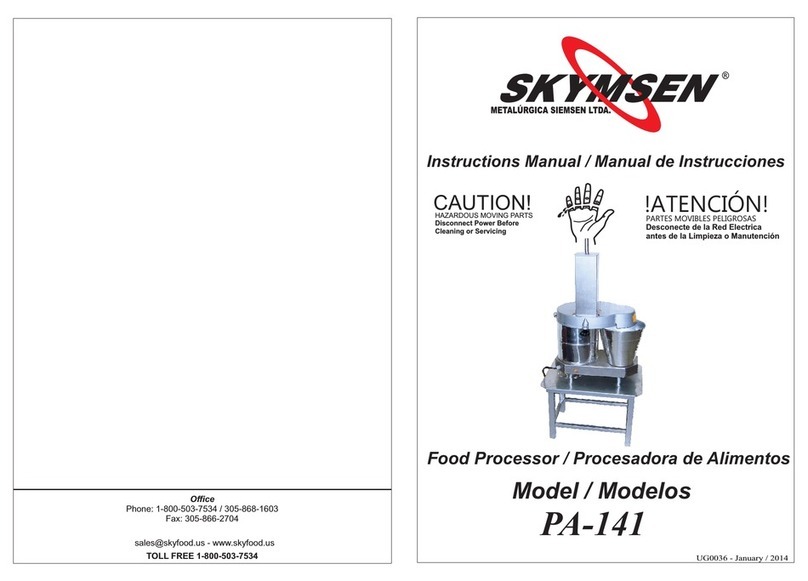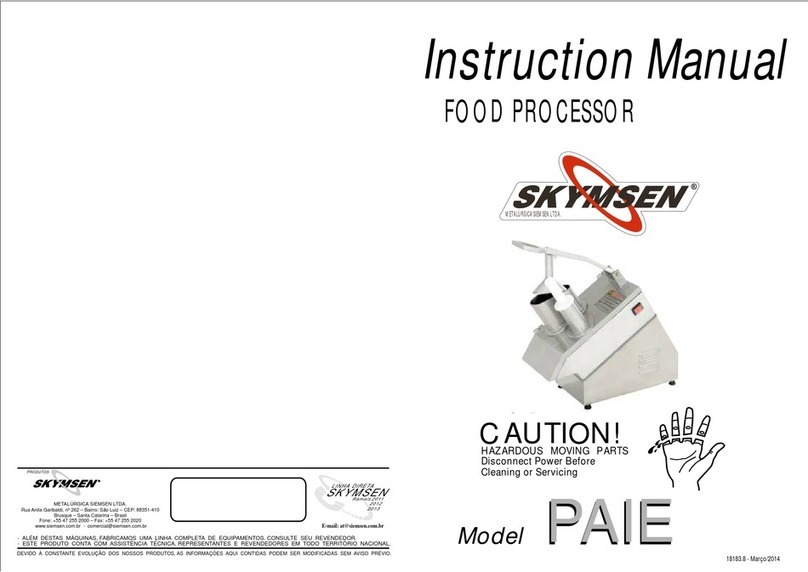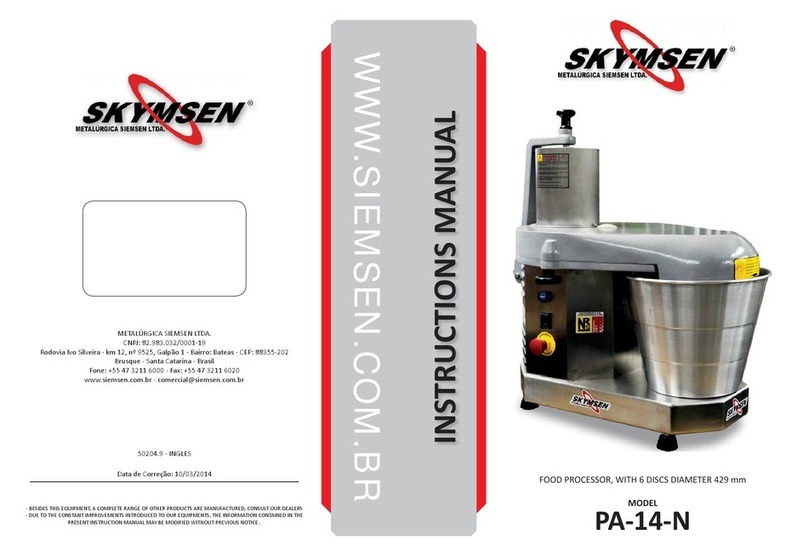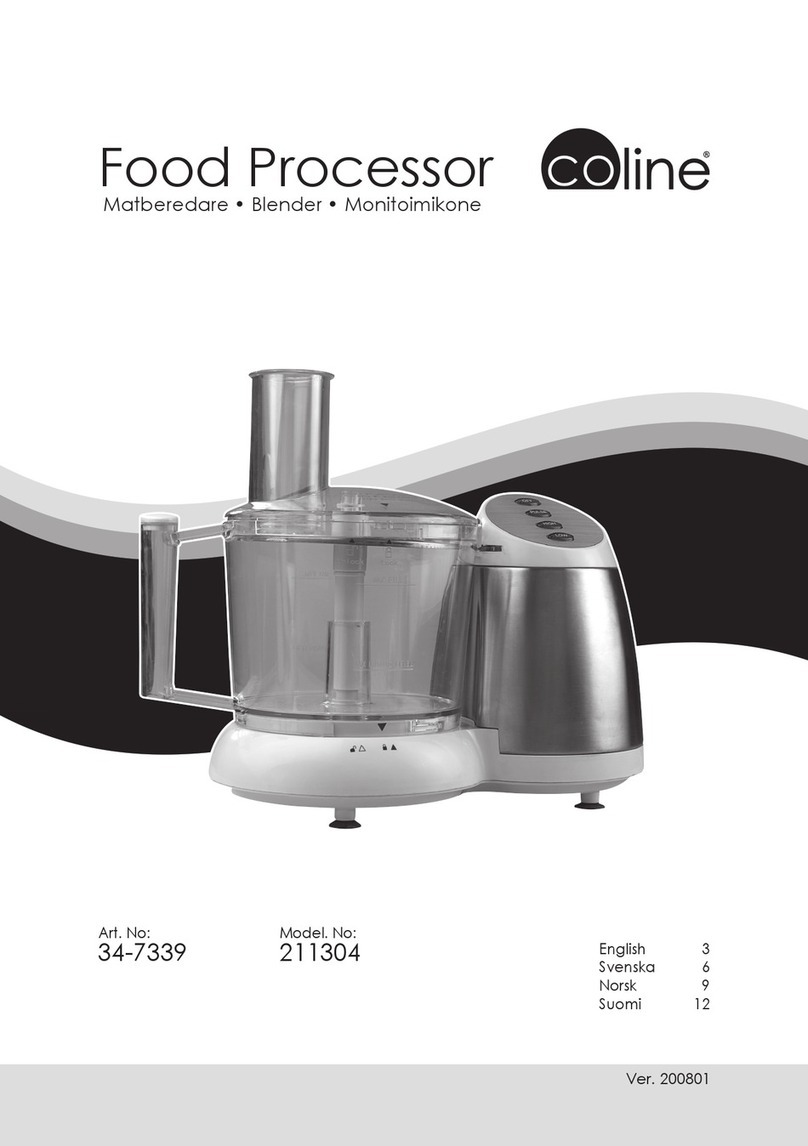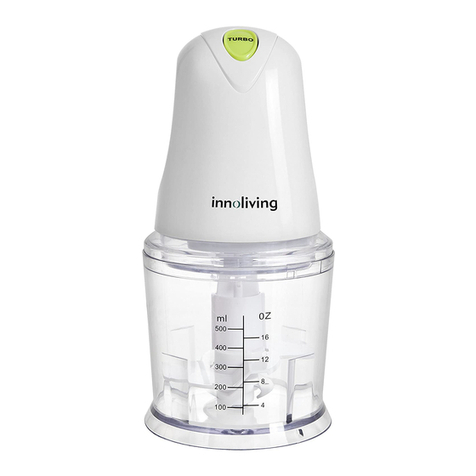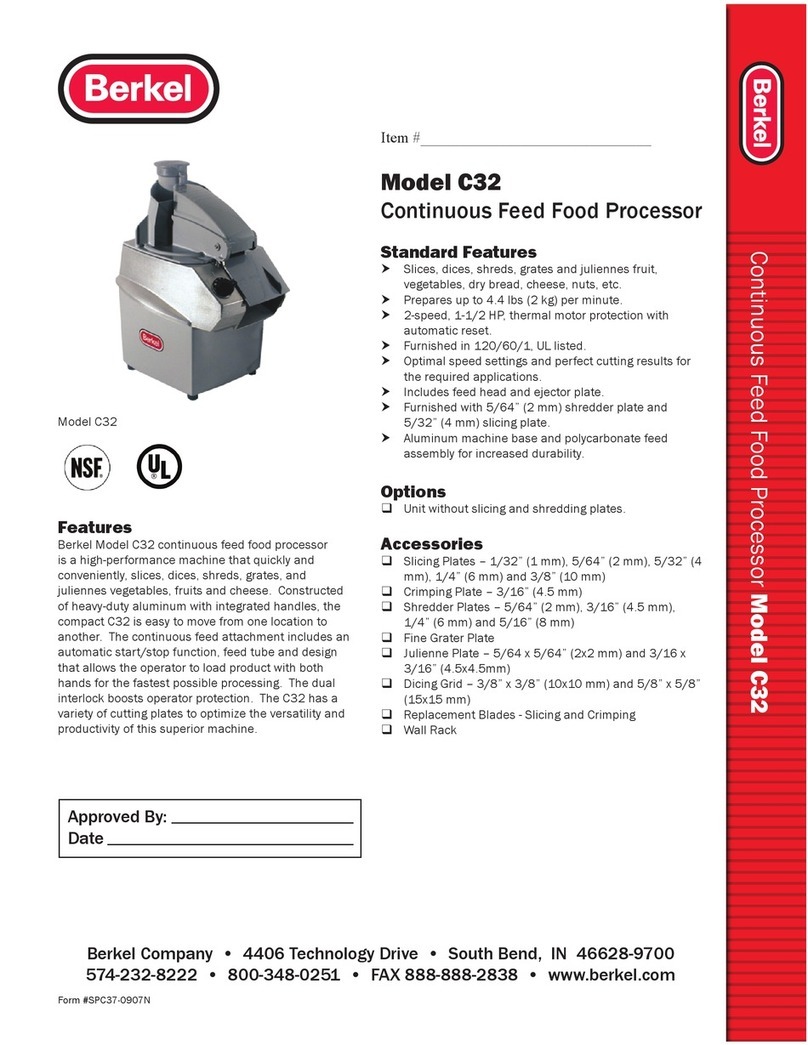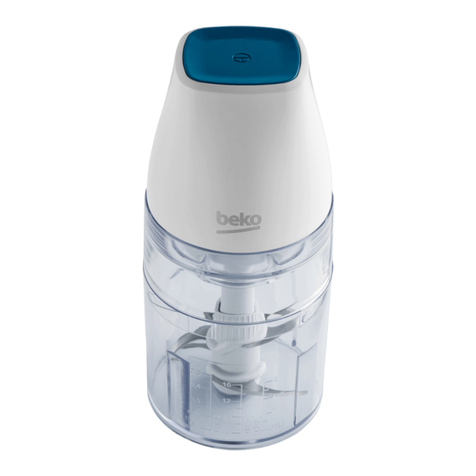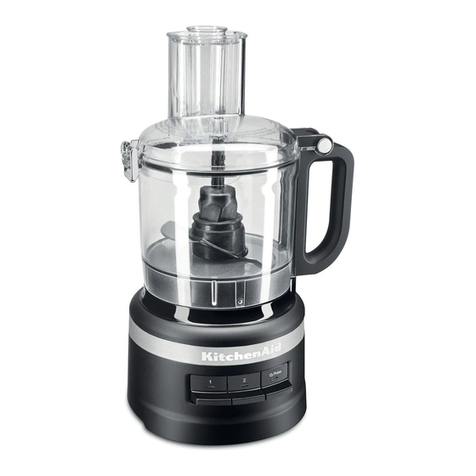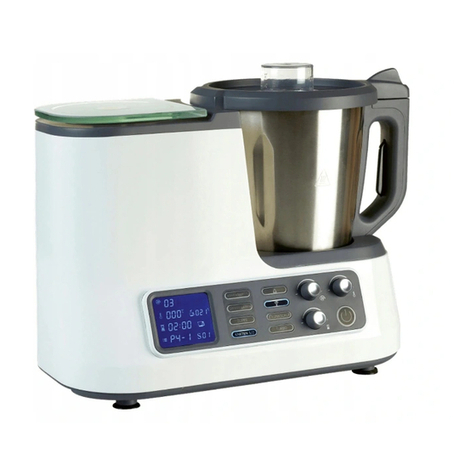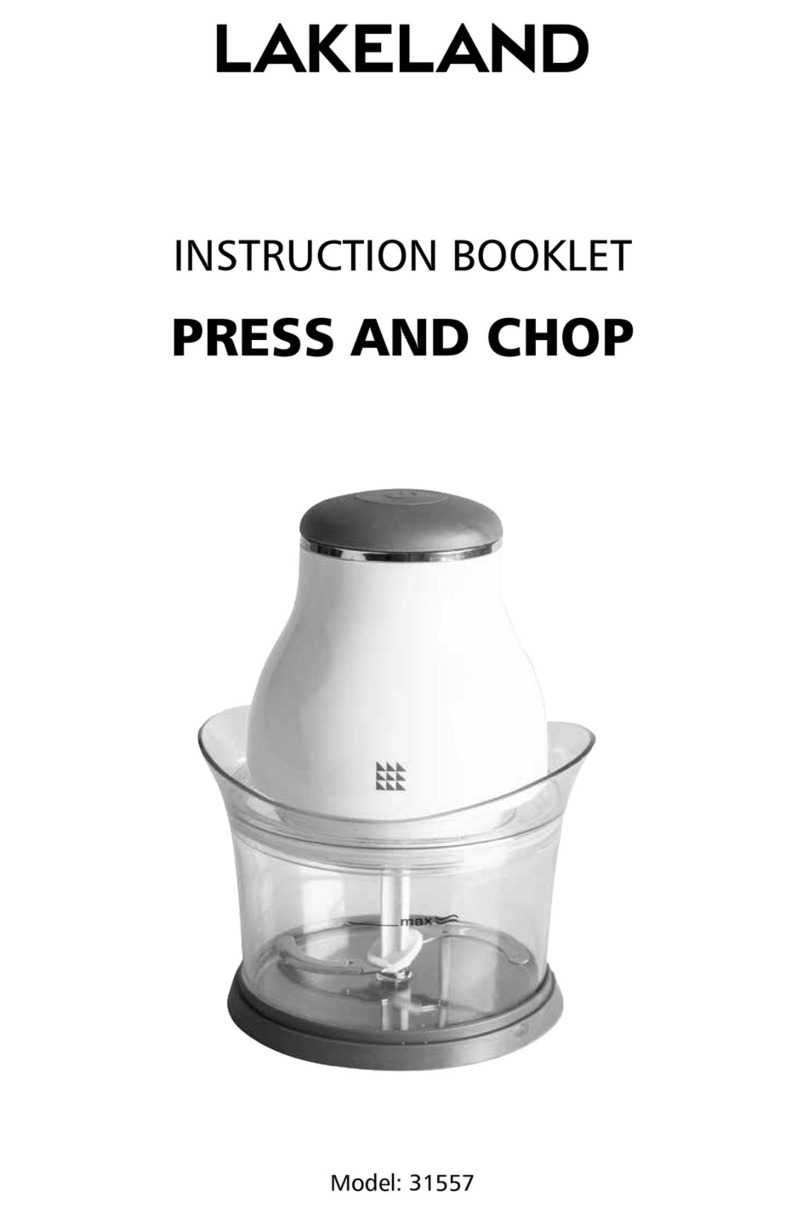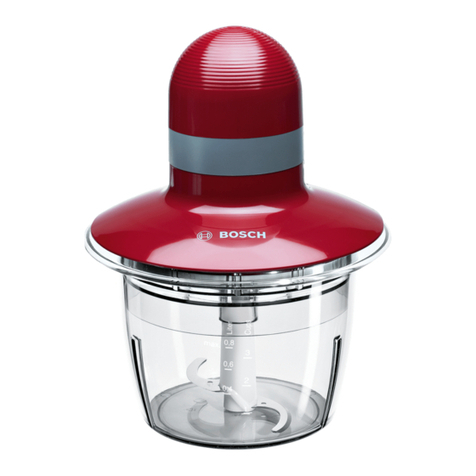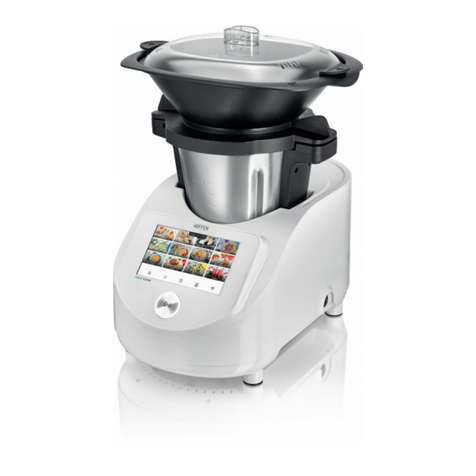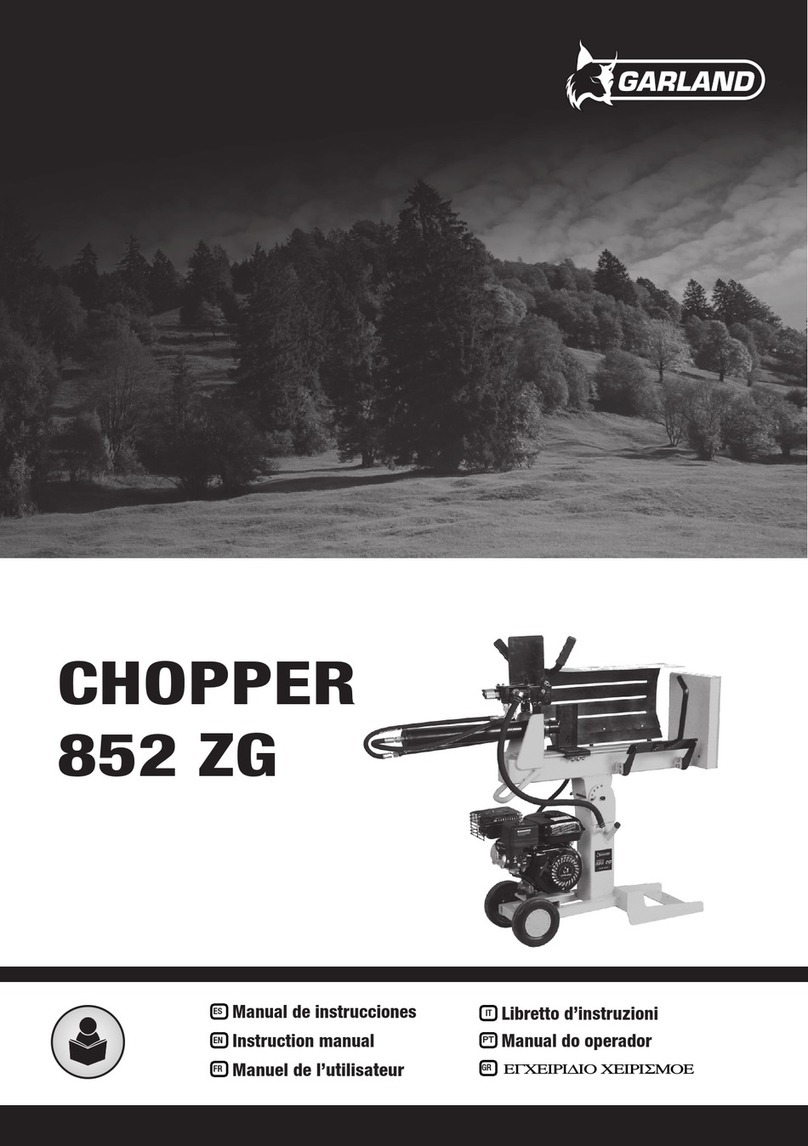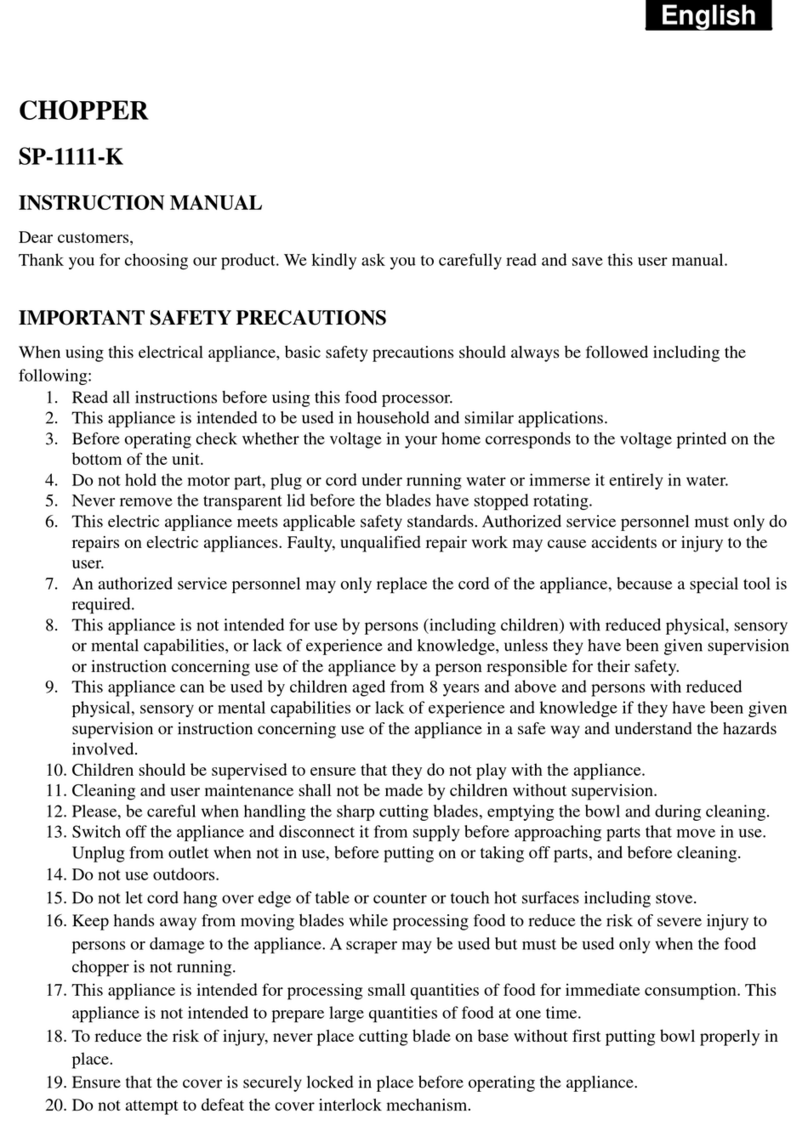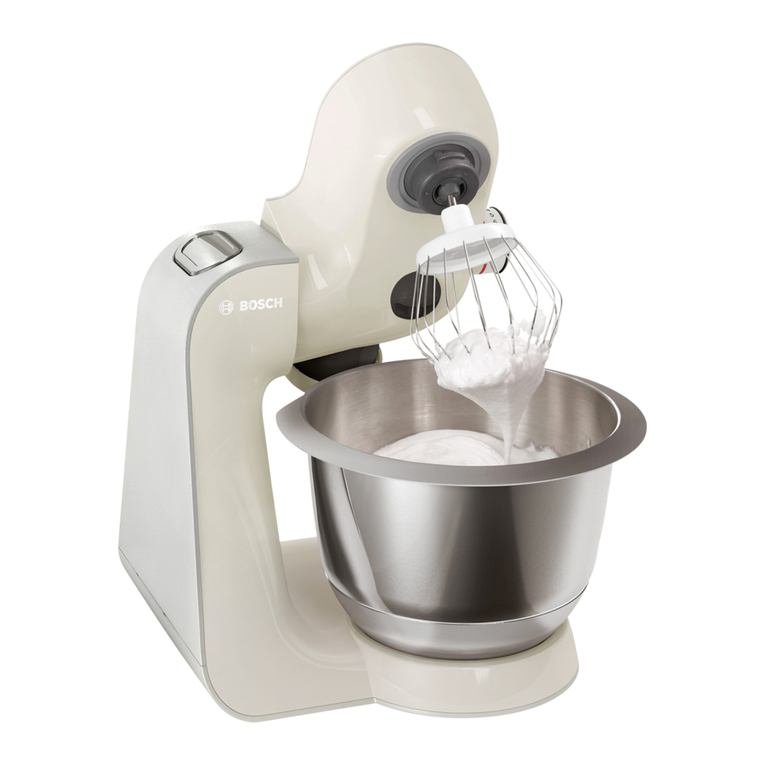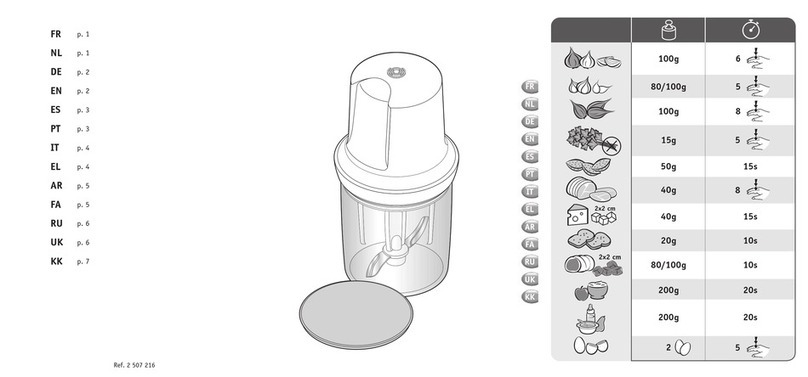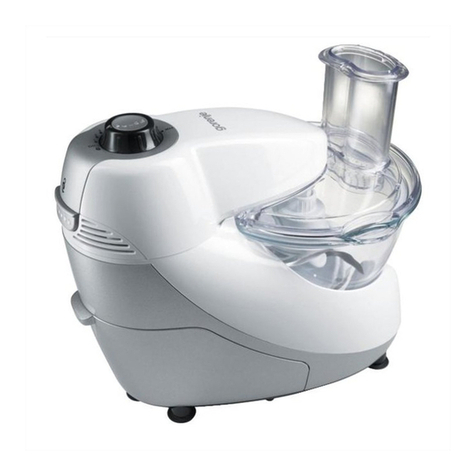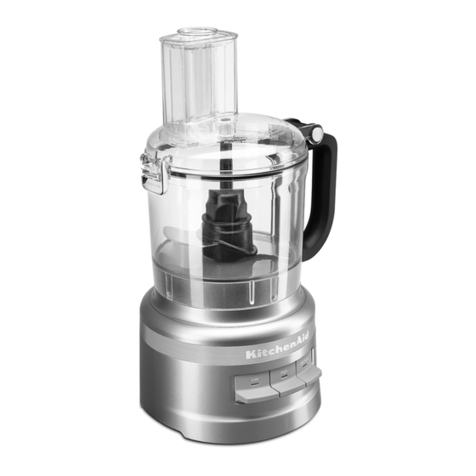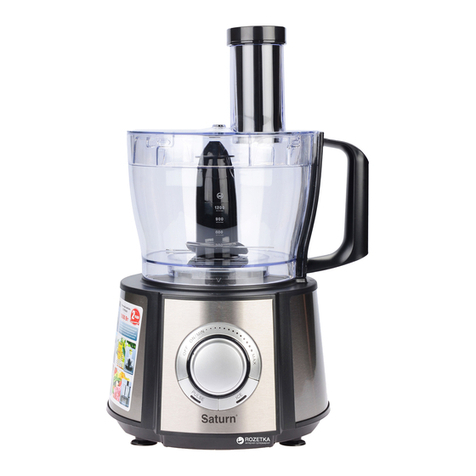22
___________________________________________________________
___________________________________________________________
___________________________________________________________
___________________________________________________________
___________________________________________________________
___________________________________________________________
___________________________________________________________
___________________________________________________________
___________________________________________________________
___________________________________________________________
___________________________________________________________
___________________________________________________________
___________________________________________________________
___________________________________________________________
___________________________________________________________
___________________________________________________________
___________________________________________________________
___________________________________________________________
___________________________________________________________
___________________________________________________________
___________________________________________________________
___________________________________________________________
___________________________________________________________
___________________________________________________________
___________________________________________________________
___________________________________________________________
___________________________________________________________
___________________________________________________________
___________________________________________________________
___________________________________________________________
___________________________________________________________
___________________________________________________________
___________________________________________________________
___________________________________________________________
___________________________________________________________
___________________________________________________________
___________________________________________________________
3
1. Introducon
1.1 Safety
When this equipment is not correctly used it may be potenally dangerous.
Before to use the equipment read carefully this Instrucon Manual and keep it accessible
for future consulng.
To avoid accidents, injures and damages to the equipment, follow the below instrucons:
1.1.1 Never use the equipment with wet clothes or wet feet, nor on a wet floor, never dip
the equipment or spray water or any other liquid on it.
1.1.2 When in use the equipment must always be watched, specially when children might
be near.
1.1.3 Unplug the equipment from electric network when not in use, before to clean it,
before to place or remove any accessory, during maintenance or any other kind of service
1.1.4 Do not use any equipment having a damaged cord or plug. Make sure the cord not to
lean on a table edge, nor to touch a hot surface.
1.1.5 If the equipment has fall, is damaged or do not switch on take it to a Technical
Assistance to be checked, repaired or adjusted.
1.1.6 Do not use accessories not recommended by the manufacturer.
1.1.7 Keep ypur hands or any tool away from the parts in movement.
1.1.8 Never use clothes with wide sleeves during operaon.
1.1.9 Make sure the equipment voltage is the same as the network voltage and that the
equipment is duly grounded.
1.1.10 Before to switch ON the equipment make sure the Expeller Dish, the Plate and the
Chamber Lid are correctly placed.
1.1.11 Never introduce the fingers, or any other object inside the throats, always use the
stumpers.
1.1.12 Never introduce the fingers or any other object inside the product out load throat.
This equipment has been developed for commercial operaon, it is used for instance in
restaurants, fast foods, hospitals, bakeries, butchers and similar.
It is not recommended to use it:
- For connuous industrial producon.
- A working ambient having a corrosive or explosive atmosphere, or contaminated with
water vapour, dust or gas.
